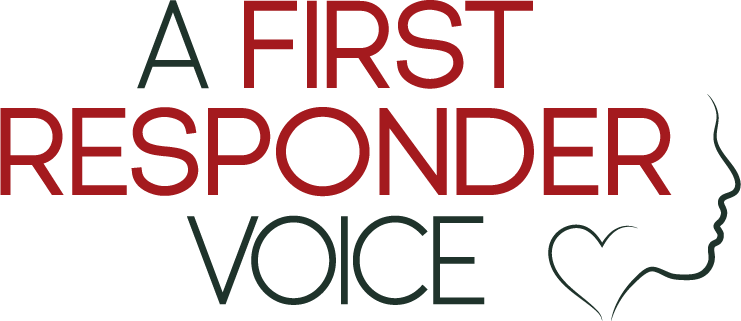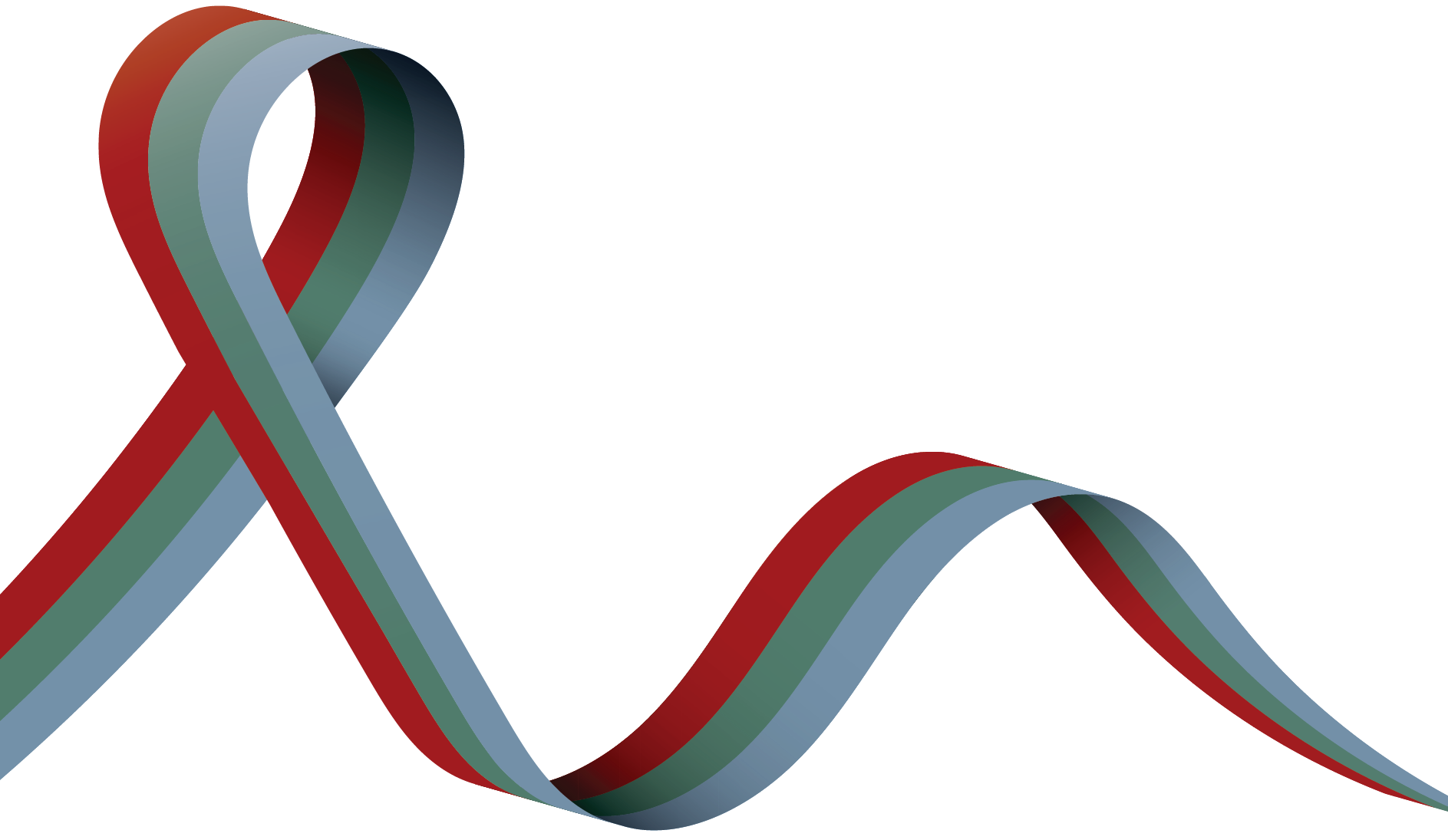
What Is Loeys-Dietz Syndrome (LDS)?
Loeys-Dietz Syndrome is a very rare connective tissue disorder that has life threatening complications. I was diagnosed in Dec of 2007, my youngest son in Feb of 2009.
It is my hope to educate people about the syndrome and shed some light on what it is like to live with a rare disease.
The National Organization for Rare Disorders (NORD) indicates there are over 7000 identified rare diseases in the world affecting over 300 million people. We all have our own unique journeys and need to shed light on our experiences and insights.
- Loeys-Dietz Syndrome was first identified and named in 2005 by Dr Hal Dietz and Dr Bart Loeys.
- It is a connective tissue disorder predisposing individuals to aortic and arterial aneurysms. Presenting with a wide spectrum of multi-system involvement, medical management for some individuals is complex.
- Connective tissue is important for providing strength and flexibility to the bones, ligaments, muscles, and blood vessels. Because it is found throughout the body, LDS features can occur in the heart, blood vessels, bones, joints, skin and immune system. Some LDS features are easy to see, while others, such as heart and blood vessel problems, need special tests to find them.
- Many individuals diagnosed with Loeys-Dietz syndrome are first identified through cardiovascular features in themselves or family members. This is often the result of aortic aneurysms or dissections. Many other individuals are suspected to have LDS because of skeletal features.
- LDS affects both males and females. People can inherit LDS, meaning they get the pathogenic variant from a parent who has LDS. Others can have a spontaneous variant, meaning they are the first in the family to have LDS.
Loeys-Dietz Syndrome and My Journey
When I look back at my life, I can’t help but wonder how I made it this far. How did I survive? I have broken just about every rule there is to break, for someone living with LDS. Now to be fair to myself, I wasn’t diagnosed until I was 45 years old, so had broken most of the rules before I knew any better.
Here is an example of some of those rules. Due to our high risk of vascular dissections, especially aortic dissections, there are very strict exercise restrictions; including avoidance of contact or competitive sports, isometric exercises (sit-ups, push-ups, pull-ups, or weight lifting), exercising to the point of exhaustion, and activities with routine blows to the chest or head. Avoidance of activities that cause joint injury or pain. Needless to say, my policing career did not follow any of those guidelines, nor did I, in my day to day life. As a result, there were consequences.
I have sprained just about every joint in my body. Not just minor sprains but those that take months to heal. I have broken multiple fingers and toes, my wrist, and elbow. I have endured 7 surgeries, the most serious; open-heart surgery with an aortic root replacement. I have dealt with blood clots and unexplained bleeding. I have severe osteoarthritis in most of my joints and endure shoulder spams so severe, they make labour pains feel like child’s play. I am constantly managing the symptoms.
When I was finally diagnosed, I was relieved and devastated at the same time. I was relieved because it meant there was a reason I had endured so many health issues. I was devastated because I knew it meant my children were at risk of inheriting the disorder. My youngest son did inherit the gene and therefore has to deal with the same things I do. It is such a difficult thing for a parent to accept. There was so much psychological trauma to deal with in those moments, that I pushed all of my emotions aside, to be dealt with when it was convenient. Unfortunately, convenient never came.
Monitoring is such an important part of living with this syndrome. I have full body MRI’s, echocardiograms, and ECG’s every year. I also wear a Holter monitor (monitors the electrical activity of the cardiovascular system) and a blood pressure monitor, for 24 hours each, separately, once a year. I meet with my cardiologist and her team members to discuss my status.
I felt it was important to include a section on my health as I learned it also contributed to my PTSD. Most of us have health issues to deal with at some point in our lives. It is important to recognize how traumatic some of those issues can be, and to give ourselves permission to be scared, sad, and angry. Talking about it and reaching out to people in similar circumstances will help.
Resources
The Marfan Foundation
The Marfan Foundation’s mission is to save lives and improve the quality of life of individuals with Marfan syndrome and other genetic aortic conditions.
Visit Website
Loeys-Dietz Syndrome Foundation (USA)
A division of The Marfan Foundation. It encourages education about LDS and related connective tissue disorders to medical professionals and lay communities. It fosters research and provides a support network for individuals, parents, and families.
Visit Website
Loeys-Dietz Syndrome Foundation Canada
Their mission is to bring awareness, education and support to the LDS community.
Visit Website

